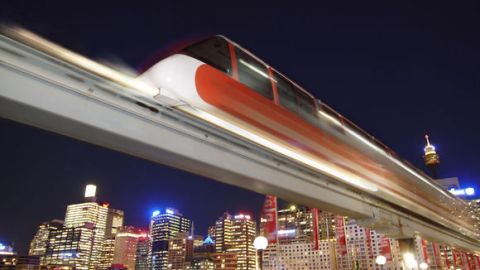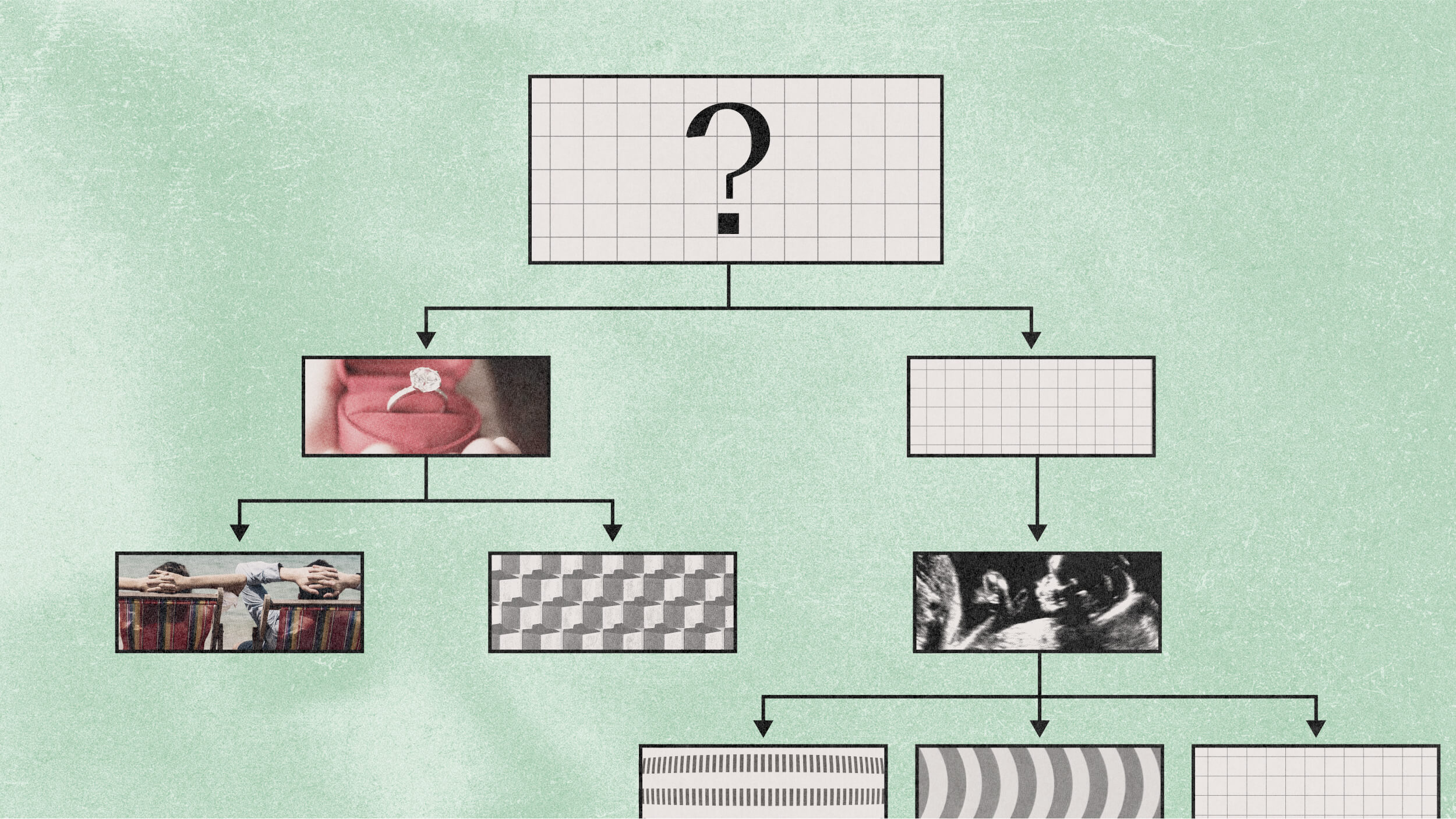Five Transportation Innovations That Will Save You Time and Money

There are few in this world who can say they’ve never sat, solemnly, in some sort of traffic. This New York Times article reported that the average American commuter spends a whopping 38 hours per year in it. Money, in addition to good spirits, is lost as time is spent idle in the car or bus. Thankfully, help is on the way.
Complied here are new forms of transit that will likely become institutions in the near future.
1. Maglev Trains The main difference between traditional style trains most commonly used today and maglev ones is that the latter has no wheels. These locomotives levitate. The tracks they run on are magnetized. The trains use the force this creates to propel themselves upward and forward at high speeds. Running these engines requires the consumption of only a small amount of fuel. Thus, in addition to being faster than traditional style locomotives, these ones are more eco-friendly and less costly to operate. One challenge associated with instituting maglev trains is that there is a large start-up cost. Nevertheless, Maglev trains are already in operation in places like Germany and China, perhaps becoming the norm of rail travel by 2030. Learn more at Discovery News.
2. Bike Share Programs Bike share programs are set up like this: many stations are situated throughout a particular municipality and people pay a small fee at these stations and then are allowed to take a bike and ride it to another station. This is a helpful tool in city environments, where many times, due to traffic, it takes a shorter time to just bike to a destination rather than drive. Since bikes emit no harmful emissions, riding is an eco-friendly method of transportation. It is even healthy, and not to mention inexpensive. One obvious downside to biking is that it is not a realistic mode of transportation when going longer distances. Bike share programs already exist in many places throughout the United States and Europe. A highly anticipated pilot program will be launched this summer in New York City. Read more at USA Today.
3. Electric Cars For environmentalists, money-savers, and individuals, the electric car is a good solution to the transportation crisis at hand. These automobiles just need to be plugged in to the appropriate outlet and then are good to go. The cars do almost no harm to the environment and allow people to pass on paying for expensive gas. Despite all the advantages it presents, there is one major drawback to the electric car. This is that traffic is still an issue with it. Still, such automobiles are operated today and growing more and more popular. One study published by IDC Energy Insights stated that by 2015 there will be three million on the road. Read more at Buisnessweek.
4. Satellite-Based Air Traffic Control Systems Most air traffic control systems today are ground-based. They utilize technology dating all the way back to the 1960s. This makes them inefficient in various different ways. With satellite-based systems air traffic controllers can do their job with much greater proficiency. The name of the United States initiative to implement this new system at a number of the country’s airports is called NextGen. The main challenge at hand is that it takes many years and a lot of money. Nevertheless, it is expected that by 2020 most air traffic control systems in America will be satellite-based. Read more at Time.
5. Smart Roads If the idea of everyone having their own individual car is to stay, implementing smart roads is an initiative that must take place. These avenues are computerized. Based on a reading of the number of tires hitting the ground, these roads can understand traffic patterns and inform drivers of them. The idea is that drivers will receive this information and base their routes on it. This makes traffic jams less likely. It will certainly be an uphill battle to implementing these roads, as it is very expensive to do so. Still, perhaps in about ten years construction on some of the first ones will begin. Read more at The Wall Street Journal.
Bonus:
6. Driverless Cars A large and complex camera is mounted to the roof of driverless cars. The vehicles use this device to navigate the road with the help of no human. These cars are safer, if the technology is right, to ride in as a precisely calibrated robot is at the wheel. The automobiles also allow people to work or relax during a trip, as they eliminate the need to focus on the road. A downside to these cars is that with them the possibility for traffic jams to occur, though in a smaller chance, is still present. Also, they are bad for the environment. Nevertheless, these cars are in use in some places already and will gain an even bigger presence in the near future. Read more at BBC.
Photo credit: Shutterstock.com





